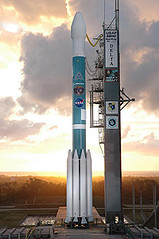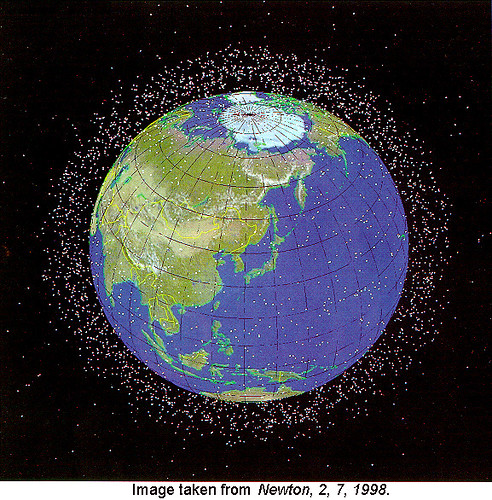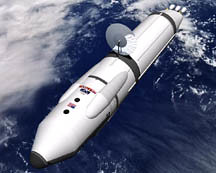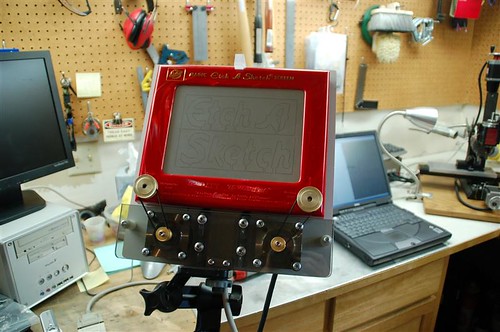Wanna buy a robot fish? How about a pregnant robot? I don’t think the first one’s for sale, but the last one is gonna cost ya about $20,000. These were two of the robot-related items that landed in my news reader this morning; the former casued me to ask "why would someone build this?", while the latter had me asking "why not?"
 Notes from the Technology Underground clued me in to the existance of MITs’ RoboTuna, and pointed me to Pink Tentacles’ post about a robotic carp recently turned loose in a Japanese aquarium. While it seems like a pretty cool thing to invent, and maybe it will help scientst learn more about the "phsyics of swimming" as Bill puts it at Notes, I’m kinda left wondering what the point of the whole exercise is, other than invention for inventions sake. (Not that there’s anything wrong with that.)
Notes from the Technology Underground clued me in to the existance of MITs’ RoboTuna, and pointed me to Pink Tentacles’ post about a robotic carp recently turned loose in a Japanese aquarium. While it seems like a pretty cool thing to invent, and maybe it will help scientst learn more about the "phsyics of swimming" as Bill puts it at Notes, I’m kinda left wondering what the point of the whole exercise is, other than invention for inventions sake. (Not that there’s anything wrong with that.)
The pregnant robot, found via The Raw Feed (which also links to the robot’s instruction manual), is probably stranger the RoboTuna, but the reasons for building it are easier for me to grasp.
 The full-sized, blond, pale mannequin is in demand because medicine is rapidly abandoning centuries-old training methods that use patients as guinea pigs, turning instead to high-tech simulations. It’s better to make a mistake on a $20,000 robot than a live patient.
The full-sized, blond, pale mannequin is in demand because medicine is rapidly abandoning centuries-old training methods that use patients as guinea pigs, turning instead to high-tech simulations. It’s better to make a mistake on a $20,000 robot than a live patient.
… Noelle, from Miami-based Gaumard Scientific Co. Inc., is used in most of Kaiser’s 30 hospitals nationwide, and other hospitals are putting in orders. The Northwest Physicians Insurance Co. is sponsoring similar training programs in 22 hospitals in Oregon and Idaho, rolling out Noelle initially at five of them.
Other companies make lifelike mannequins to train paramedics in emergencies, but Noelle appears to be the only high-tech, pregnant model available.
Not a bad idea. A robot will probably not react to hearing an "Oops" during deliver in the same way an actual person would. I’ll say it again; people build the craziest things, and for reasons I don’t always get but that sometimes end up making sense.





 The full-sized, blond, pale mannequin is in demand because medicine is rapidly abandoning centuries-old training methods that use patients as guinea pigs, turning instead to high-tech simulations. It’s better to make a mistake on a $20,000 robot than a live patient.
The full-sized, blond, pale mannequin is in demand because medicine is rapidly abandoning centuries-old training methods that use patients as guinea pigs, turning instead to high-tech simulations. It’s better to make a mistake on a $20,000 robot than a live patient.


